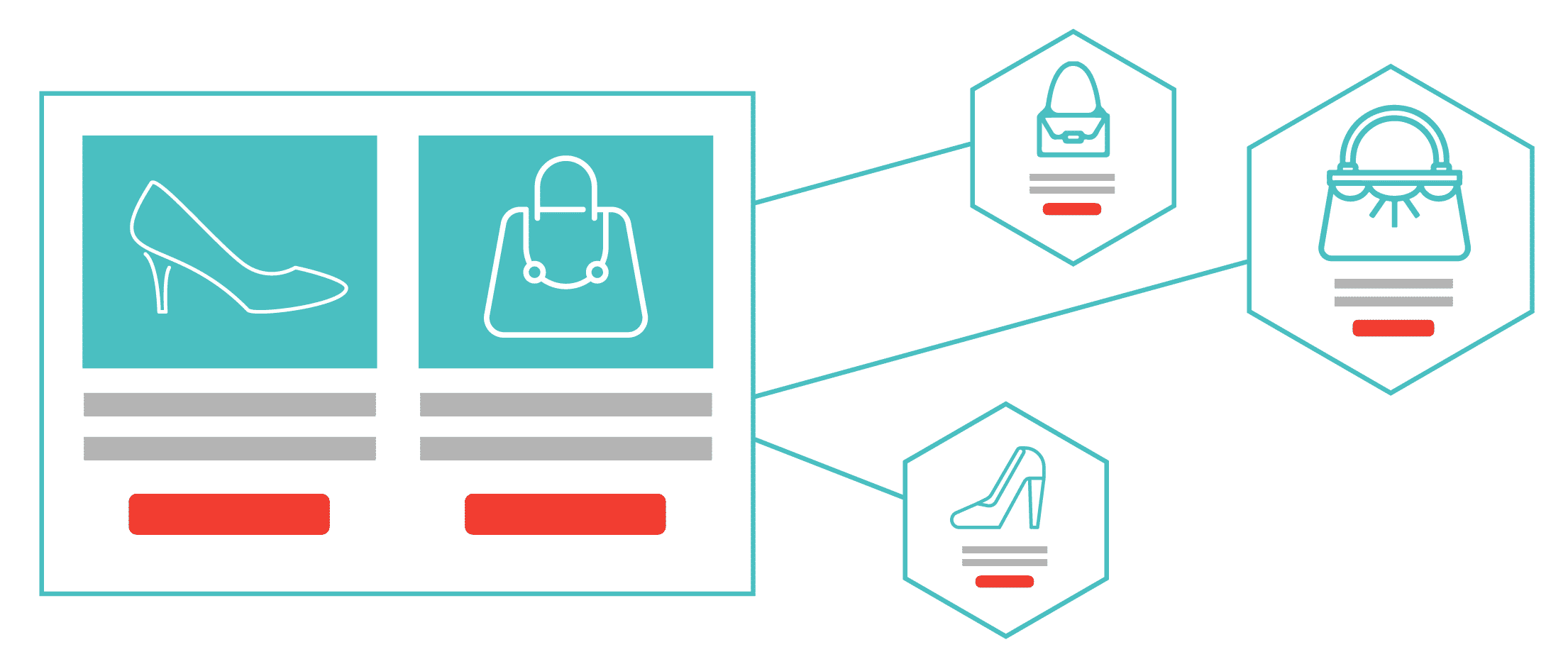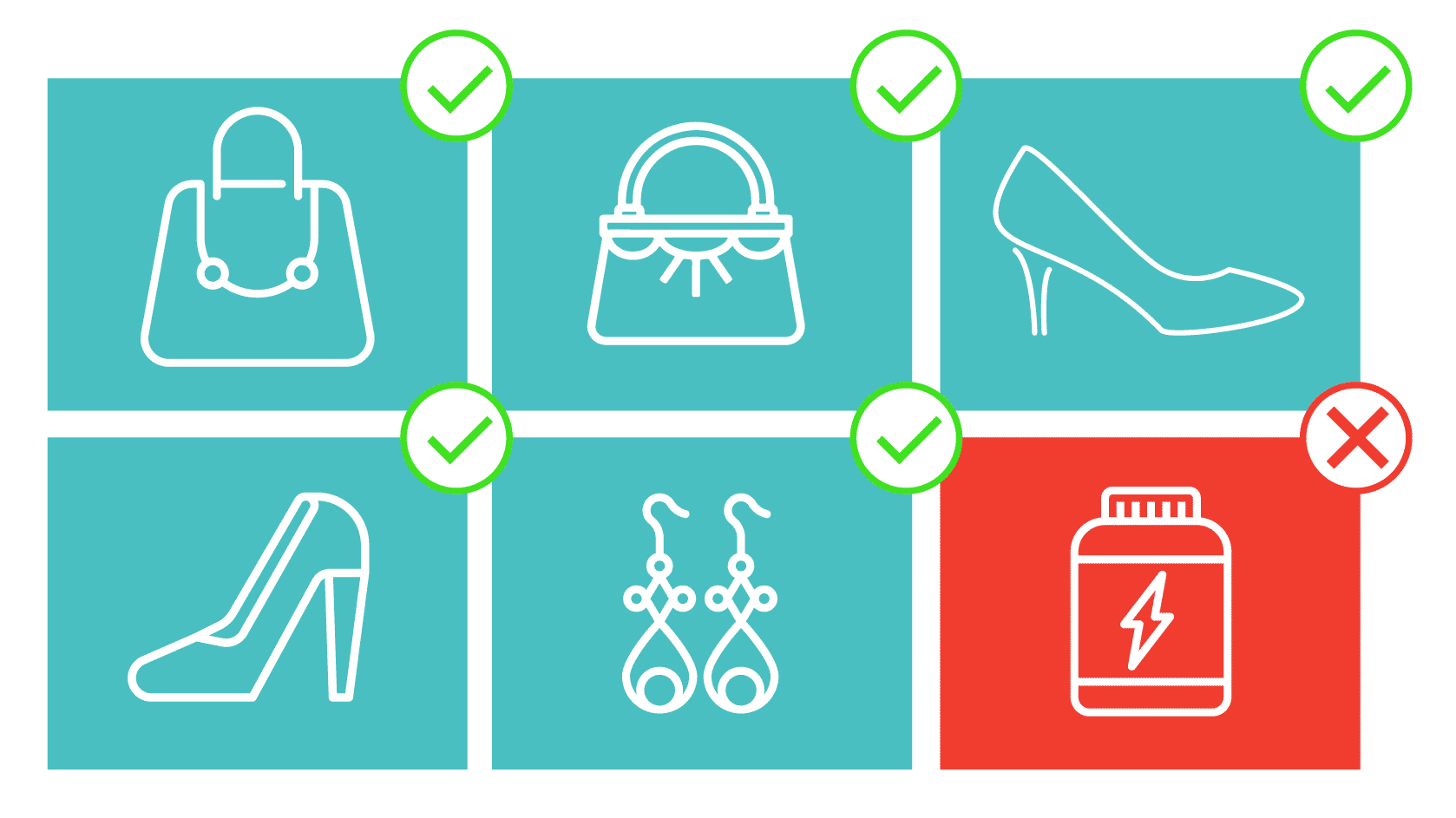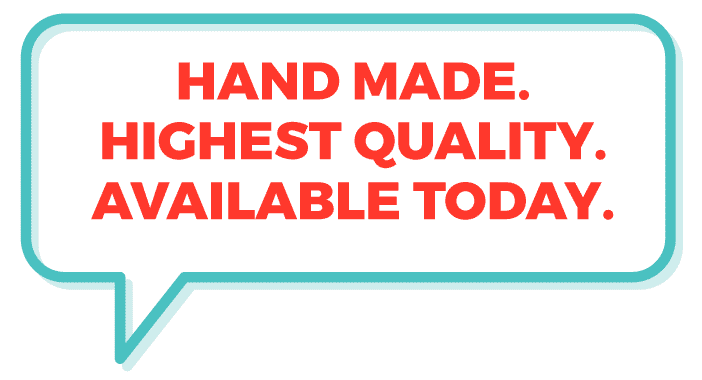E-commerce can be a tricky business. You may be selling a great product, but if you aren’t getting any eyes on the site, what’s the point? To succeed in fashion retail online you need products people want to buy and a surefire strategy for ranking in searches so those buyers actually get to your site.
Link building can help. Rank higher in search engines and get more buyers in front of your products by establishing quality links directed at your pages. It’s a straightforward strategy, but do you know how to choose the right sites for backlinks? Not only do you need sites that are relevant to your industry and niche, but they also need to be high quality. Otherwise, link building can backfire.
Keep these things in mind as you build a strategy for adding links and improving ranking for your e-commerce fashion site:
1. Choose Sites with the Right Niche

One of the first and most important rules in link building is to use sites related to what you’re selling. If you are a fashion retailer, this means much more than simply linking from other sites related to clothing and fashion.
Also, identify your niche and then hit up related sites. Your niche is your audience, their style, and the clothing they’re interested in buying. Who is your target customer? What do they wear and buy? What is their lifestyle like?
For example, if you sell fashion-forward clothing that isn’t too expensive, you are probably targeting young, professional women, and hip moms. In addition to fashion-related sites, look at lifestyle blogs, sites directed at young women or mothers, mommy bloggers, pop culture sites, and anything else your audience would be interested in that has a fashion element.
2. Vet All Sections of the Site to Be Sure They’re On Topic

Link building from a site with content that is all over the place is a problem. A blogger that takes all kinds of requests for backlinks could harm your ranking instead of helping it. Always choose sites with a clear and consistent audience. They should have a single niche with content that doesn’t stray into other topics.
For example, you might find what looks like a great fashion blog by a followed influencer but then notice she also has categories and links to herbal supplements and online gaming.
A better site would be a fashion blogger who writes about fashion and links out to other retailers, Etsy jewelry vendors, and New York fashion week. These are different topics, but they are all related to each other and to fashion, so it makes sense and will help your link building efforts.
To find the best sites to link to particular products, check out keyword terms. If you find a site you think might work for a link, do a keyword analysis to see what it ranks for and if it is relevant for your products and your audience.
3. Make Sure the Site has the Right Message

Once you’ve narrowed down your search to sites that are fashion-related, consistent, and targeted toward your ideal audience and buyer, dig a little deeper. The best sites for backlinks have all these tangible factors that make sense for your e-commerce site, but there’s more to consider.
What is the tone and message of the sites you’re looking at for links? For SEO purposes it’s not essential that you match the tone with your own site and products, but it is important for direct sales. For example, the keywords may match up, but it makes no sense to link from a site that makes fun of hipsters if you’re targeting that audience. The absolute best quality backlinks will help with SEO and ranking and also direct your target audience right to your pages where they’ll be inspired to make a purchase.
4. Only Work with High-Quality Sites
Context and content, consistency, message, and tone—these are all essential factors to consider as you build your backlinking strategy. But there’s one more thing: none of these mean much if the actual site that links to you isn’t of high quality. Low-quality links might get you some action, but for the most link juice, you need quality sites.
What does it mean to be high-quality? First, and at the most basic level, a high-quality site has content that is readable. A basic tool for checking readability is the Flesch reading ease score, available in Yoast SEO.
Why is readability so important? Of course, it matters because people coming to a site need to be able to read it. It’s also about ranking. Google gives preference to more readable content. According to the Flesch score, readable content has shorter sentences and simpler words. Text that is broken up into shorter paragraphs, uses bulleted lists, and has a few layers of headings is also more readable.
Quality content is not just readable but has a lot of other attributes. It should contain valuable, niche information rather than generic material you can find anywhere. The content should meet E.A.T. standards: expert, authoritative, and trustworthy. There should be no spammy, cost-per-click anchor text in quality content.
Content is an essential measure of quality, but also consider what the SEO industry calls PBNs (private blog networks). These are networks of sites built solely link building and manipulating search rankings. This was once a valid way to improve page ranks, but today it’s considered poor strategy. You can actually get penalized by using them. So how do you know if you’ve come across a PBN? Check these factors:
- You’re looking at a group of sites all hosted on the same IP.
- The design or WordPress theme is consistent across all the sites.
- Copy some of the content and search it on Google. If it pops up on other sites, consider it a red flag.
- Look at the WHOIS database to find the owners of suspected sites.
- Also, check the backlink profile for the sites to see if there is a lot of interlinking between them.
Readability and avoiding PBNs are crucial factors in finding quality linking sites. It can get complicated, though. One of the best ways to vet sites for quality is to use a professional tool. PureLinq, for instance, developed PureGrade, a weighted score that uses several measures to determine the quality level of a site. A tool like this gives you a quick, easy-to-understand score to make better choices about link building.
Backlinking to your fashion e-commerce site is so important to improving ranking and boosting sales, but you have to do it the right way. In addition to checking on content, tone, and quality, be sure that you match your brand to the right sites. If you’re selling luxury goods you will have a completely different set of influencers and bloggers to link from than if your products are $10 t-shirts. Take the time to match up everything and you’ll get the best results from your linking campaign.




